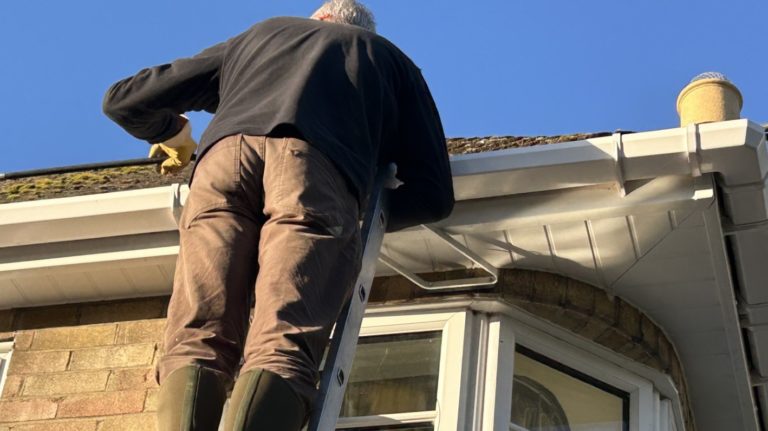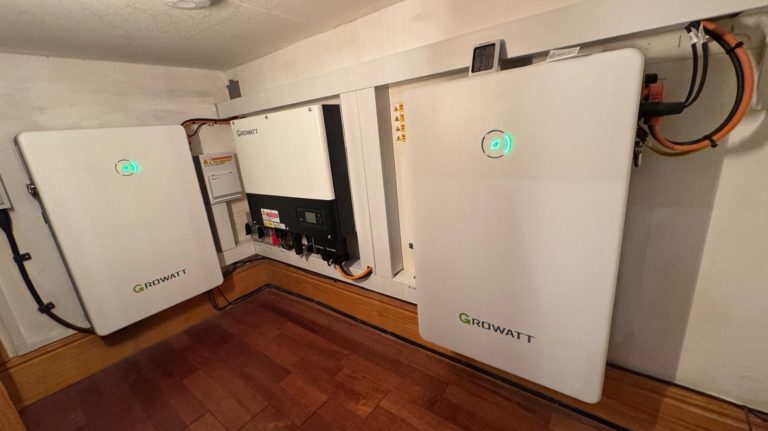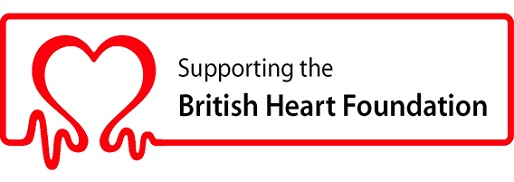It won’t come as any surprise to you that the autumn and winter months tend to bring with them the increased risk of accidents at home, at work and while you’re out and about.
The darker nights, rain and cold and freezing temperature bring with them a whole lot of things you need to consider to make sure you avoid slips, trips and falls and other seasonal accidents. Here are just a few tips to avoid putting yourself or others at risk during the winter months.
Lighting: Make sure there is sufficient lighting for you and others to see and to avoid hazards at home, or in the workplace. Make a note of the routes you and others take at different periods as the effect of light changes throughout the day..
Fallen leaves: Wet and decaying leaves can create a real danger of slip risks and may also serve to hide other hazards such as uneven pathways or sudden drops. Make sure you clear fallen leaves at regular interval to make sure your walkways are safe.
Water: Rainwater can cause many hazards when not properly managed. Many slips happen at the entrance of a building as people walk in pools of rainwater. Fitting canopies of a good size over a building entrance can help to prevent this or placing absorbent, non-slip mats at an entrance can reduce the risk of slips and falls.
You should avoid taking shortcuts over grass or dirt which are likely to become slippery when wet. Where existing shortcuts exist, consider converting them into proper pathways.
Ice, frost and snow: Living and working in the UK means that ice, frost and snow tends to be an unavoidable fact of life.
To reduce the risk of slips or falls, you should assess the risk and put procedures in place to avoid putting yourself and others at risk.
- Keep abreast of weather warnings and traffic updates. If that journey isn’t essential – don’t make it!
- Identify areas that are most likely to be affected by ice or water
- Don’t put others at risk
- During icy weather make sure you treat icy surfaces and avoid slippery surfaces.
Gritting may also be essential in some situations and it is relatively inexpensive, quick to apply and easy to spread. Rock salt is the most commonly used grit. It can stop ice forming and cause existing ice or snow to melt. Gritting should be carried out whenever freezing temperatures are forecast. The best times are early in the evening before the frost settles or early in the morning before employees arrive. It is worth remembering, though, that salt does not work instantly and when it is raining heavily the salt will be washed away.
These risks may seem obvious as the days draw in, but to a busy individual or company these can be easily overlooked. By putting these actions in place you significantly reduce any nasty mishaps the colder seasons may bring.
Stay safe!































